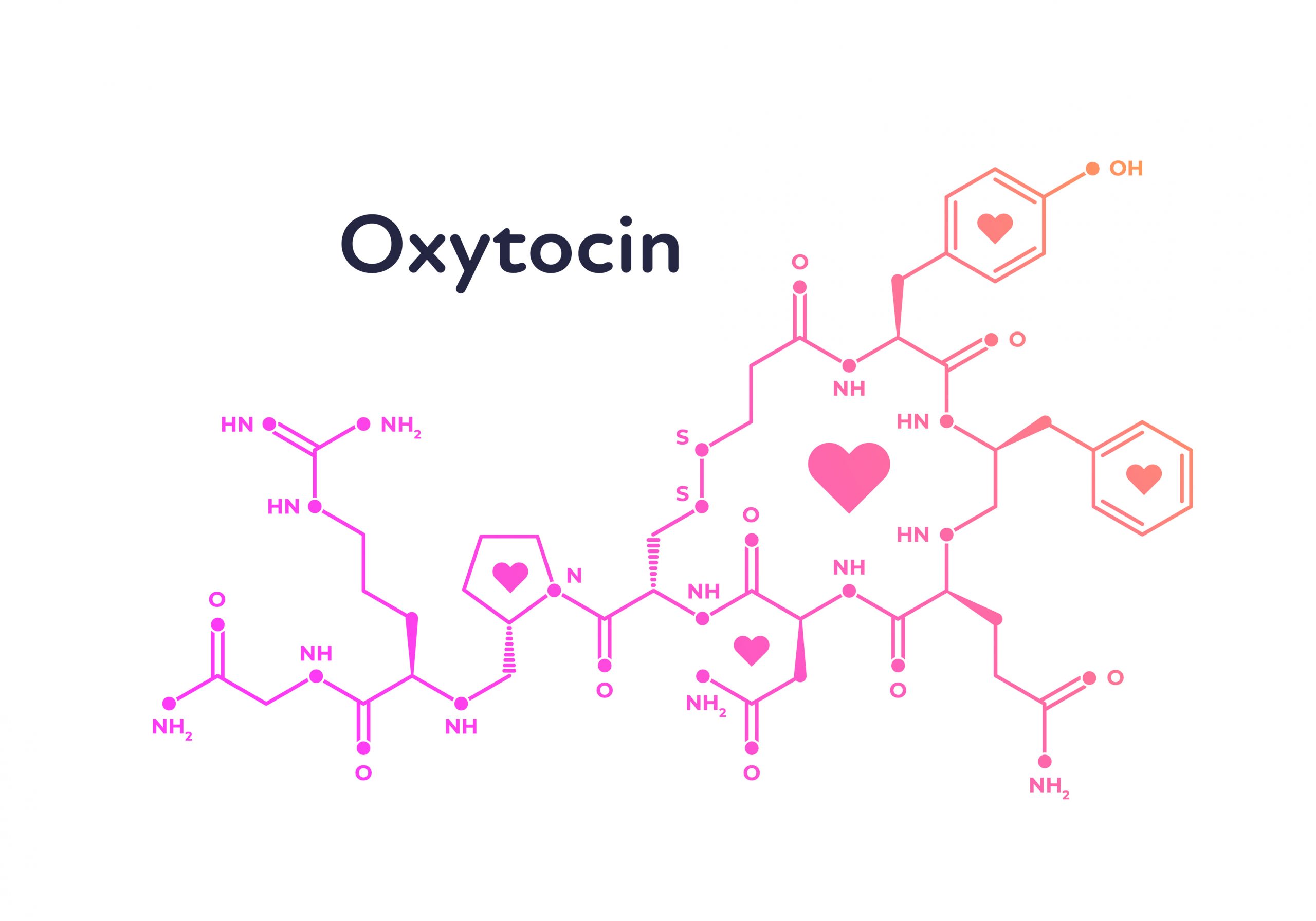The love hormone that became the longevity hormone
What hormone is famous for childbirth and pair bonding—but never mentioned in anti-aging circles?
Oxytocin. Until now.
It works even in the elderly
Researchers took elderly mice (equivalent to 80-year-old humans) and gave them a two-drug combo: oxytocin (to restore youthful levels) plus an Alk5 inhibitor (to block age-related fibrosis).
The results published in Aging-US:
Elderly male mice: 70%+ extension of remaining lifespan
Both sexes: Major healthspan improvements (mobility, metabolism, less frailty)
Side effects: Minimal
They took old mice—already in late life—and gave them 70% more healthy years. Even a fraction of this effect in humans would be transformative.
It makes sense when you look at the science
Oxytocin was hiding in plain sight. We knew levels decline with age but thought it was just about reproduction. Turns out it's a conserved aging hallmark influencing:
- Muscle maintenance
- Metabolic flexibility
- Inflammation regulation (inflammaging again)
- Cellular stress resistance
The Alk5 inhibitor blocks TGF-β pathway activity, which drives tissue stiffening with age. The combo creates synergy.
The part that makes this real
Both components are already clinically viable:
Oxytocin: FDA-approved for decades. Safety profile is rock solid.
Alk5 inhibitors: In clinical trials for fibrotic diseases. Toxicology well-characterized.
This all means human trials could start next year given safety data.
The catch: These were elderly mice with significant decline. If you're 35 and healthy, this might do nothing. We don't know human dosing, frequency, or whether continuous use is safe long-term.
Key finding: Lifespan extension strongest in males, but healthspan benefits in both sexes. Men and women age differently at the molecular level—we need sex-stratified trials, not averaged results.
What you should do:
❌ Don't start taking oxytocin nasal sprays for longevity quite yet
✓ Twenty-second hugs boost oxytocin and lower cortisol. Eight hugs per day changes your physiology. Petting your dog works. Exercise with friends works.
✓ If you're a clinician/researcher, advocate for funding
⚡ This Week's Longevity Speed Round
LAV-BPIFB4 gene therapy tackles Progeria heart aging: Single injection of this centenarian-linked gene variant improved heart function, reduced fibrosis, and cleared senescent cells in Progeria (fast aging) models and human cells.
We're catastrophically unprepared for longer lives: John Hancock/MIT's new Longevity Preparedness Index surveyed 1,300 Americans. Average score: 61/100. Most people moderately unprepared despite U.S. over-65 population growing 40% by 2050.
Your social life beats supplements: Cornell study confirms strong relationships slow cellular aging better than most interventions. Deeper connections reduce inflammation and boost longevity gene expression.
AI shrinking drug discovery from decades to weeks: Sinclair's lab using AI to distill datasets into molecular cocktails. 2025 trial boom incoming—cellular reprogramming, NAD+ precursors, senolytics. Long Life Family Study sequencing ~7,800 genomes to fuel AI predictions. Infrastructure finally catching up.
Buck Institute's GlYLO approach extends mouse lifespan: Taming harmful sugar-protein bonds (glycation) improved metabolic health and longevity. Could translate to human diets or drugs for diabetes and aging.

